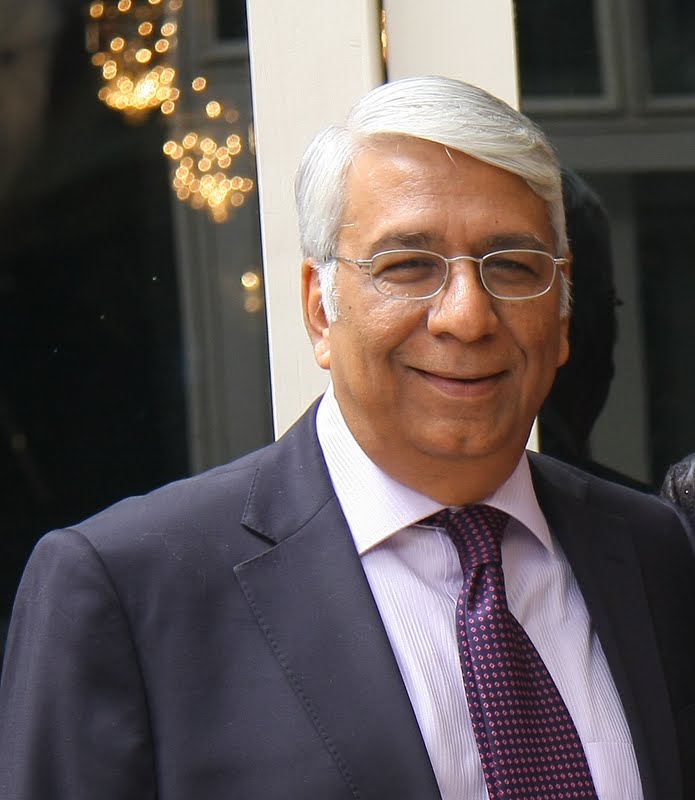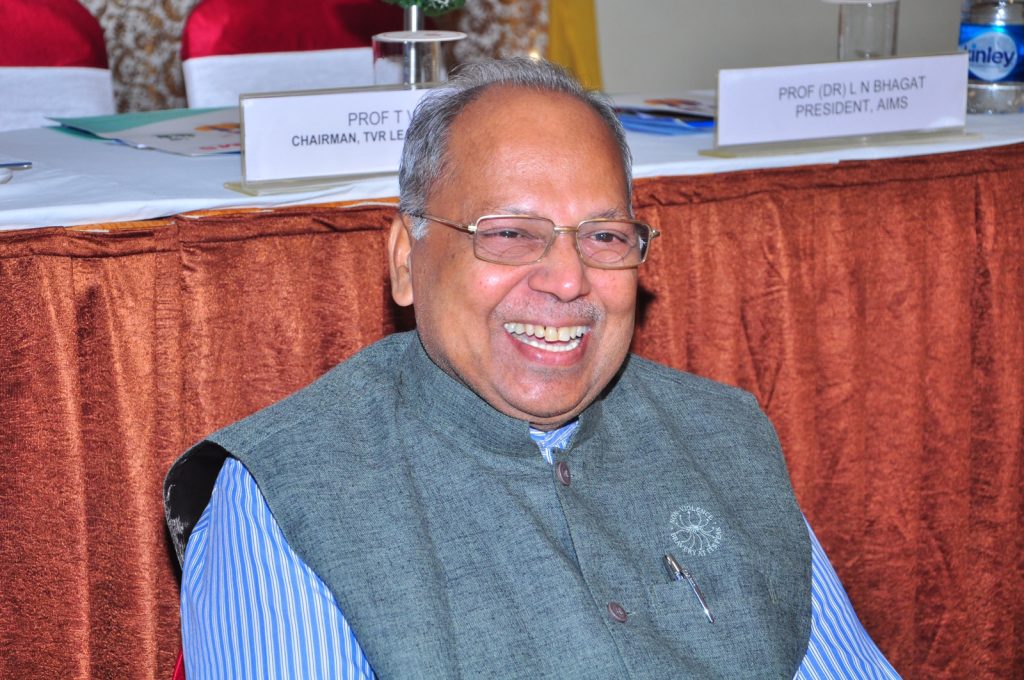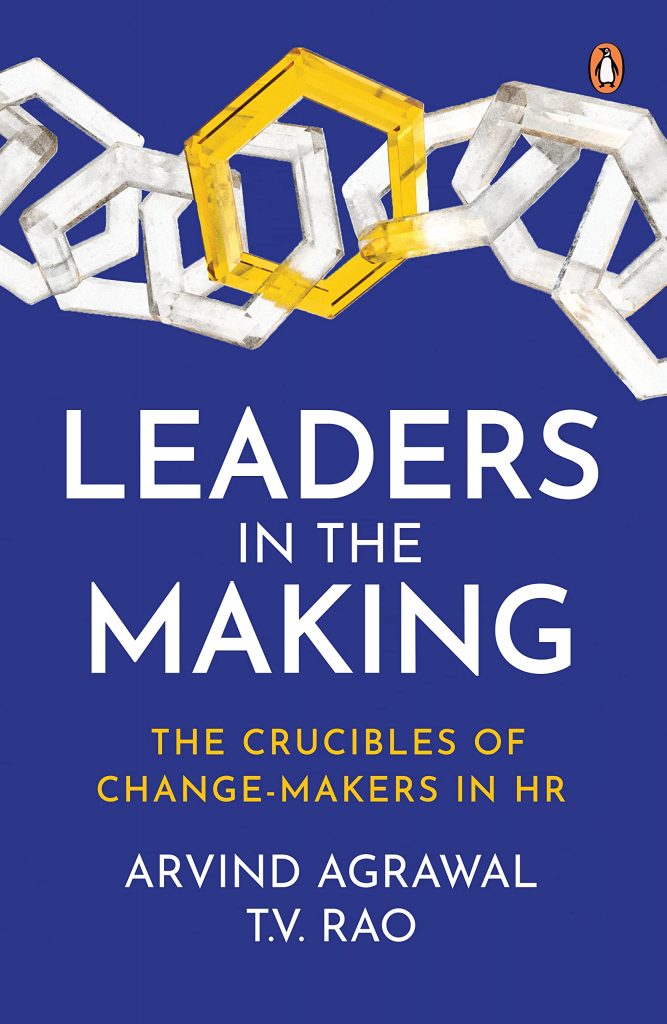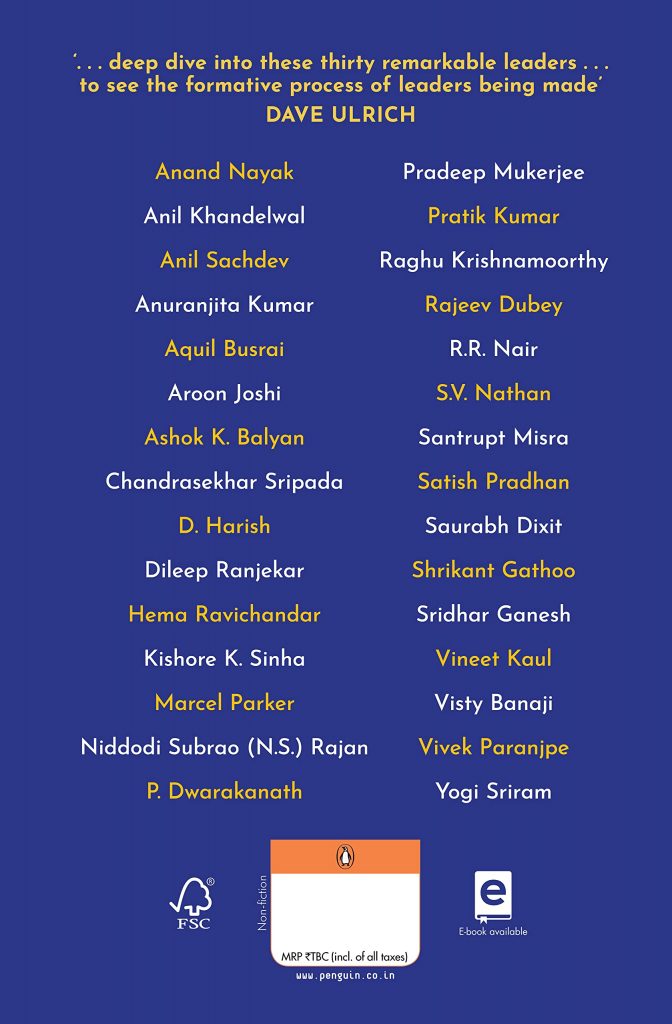
Coauthored by Dr Arvind Agrawal (PGP 1973) together with former IIMA Professor TV Rao
Dr Agrawal is currently Managing Partner, Lead Associates, is an executive coach and a consultant with extensive corporate experience having held senior leadership positions in leading organizations.
Dr T V Rao is currently Chairman, TVRLS. A former professor and Board member at IIMA, Dr Rao is the Founder President of the National HRD Network and has been at the forefront of the HRD movement in the country.


This book is about how leaders are made. It attempts to answer questions like: What crucible experiences do they go through during their life journey over the years to evolve as effective leaders? How are they influenced by the parents, schools, colleges, teachers, bosses, and other people in organizations they work with? To discover the underlying patterns, we have taken 30 seasoned and very successful HR Leaders in the business context. We started to research, document, and draw lessons from those who had influenced these HR Leaders. This book carries case histories of these 30 HR Leaders including three who are IIM Ahmedabad PGP alumni: Marcel Parker (PGP 1970), Hema Ravichandar (PGP 1983) and Raghu Krishnamurthy (PGP 1983).
A leader goes through a slew of experiences, positive as well as negative. A good leader demonstrates an ability to manage these experiences and learn life changing lessons. We call these as the “Crucible of experiences”. HR leaders covered in this book come from some of the most successful organizations in India and across the world. The organizations where our HR leaders worked range from various business houses and organizations including Adani, Ambani, Birla, ITC, Infosys, L&T, Murugappa Group, Tata, TVS and Wipro in the private sector; American Express, GE, GSK, HUL, P&G, and others in MNCs, and Bank of Baroda, BPCL, IPCL, NTPC, ONGC, SAIL and others in the public sector.
The case studies presented in this book trace the experiences of the leaders from early childhood and cover early schooling, college, or university education, first job, subsequent jobs, experiences with peers, bosses, colleagues, and the way they orchestrate various experiences in their life. Insights are drawn from these experiences and the leaders speak about these experiences in shaping them to become impactful professionals. Several of the leaders covered in the book have acknowledged the deep and lasting influence some of the IIM A professors have had in their career choices and shaping their worldview. In Chapter 3 of the book, we present our analysis and common pattern that emerge in the life journeys of these leaders. Chapters 4 and 5 provide what competencies and values these leaders imbibed and demonstrated. Lessons from these case studies provide insights to parents for shaping future generations. For schools and colleges, we expect the case studies to provide insights for designing and creating curricular experiences. For managers, these case studies provide inspiration and alternative pathways to give right experiences to their team members and develop them as future leaders. For CEOs and CXOs, we hope this provides insights and strategies in managing people (spotting, utilizing, and developing talent) for their business, irrespective of the function they are in. For management students, the case studies are expected to provide insights into leadership behavior irrespective of the function they are into. All of these important lessons for parents, teachers, academic institutions, young managers and business leaders are captured in Chapter 6 of this book.
We hope that this book will form a basis for offering courses, seminars, conferences and building leaders for the future by various organizations, institutions, and professional bodies. We also hope this book will serve as a source of inspiration for developing leadership competencies not only in HR but in every other profession and academic discipline. Many of our leaders have come from humble and simple beginnings and demonstrate that leadership heights can be achieved by one’s own effort and commitment to growth using every experience one comes across as bricks of leadership experience to learn and build on.



